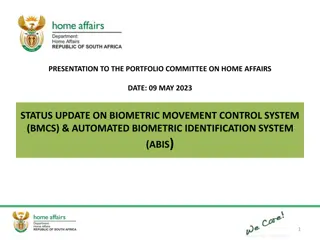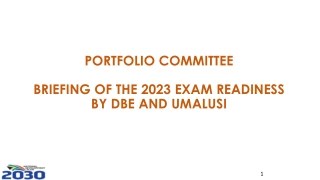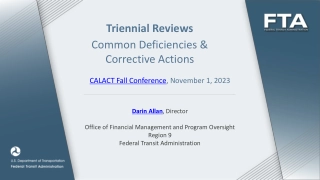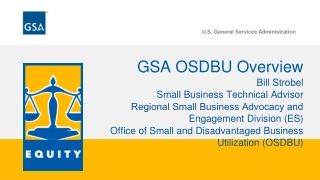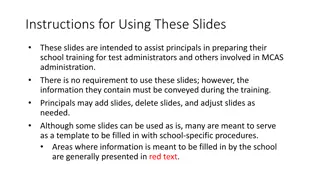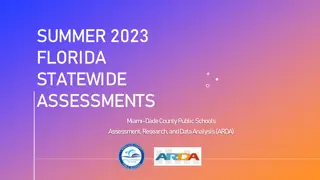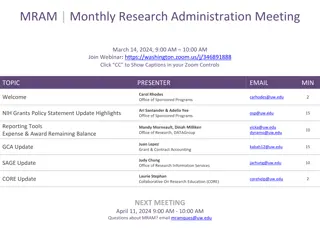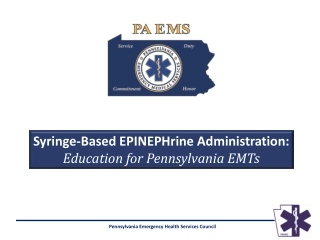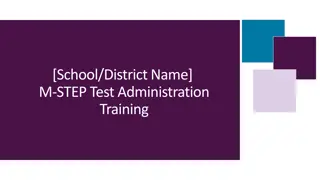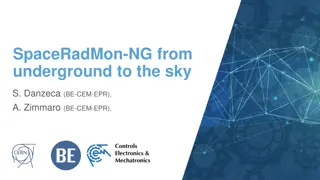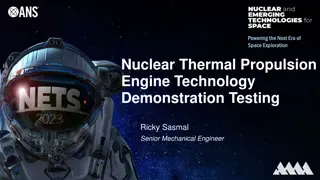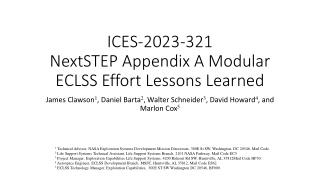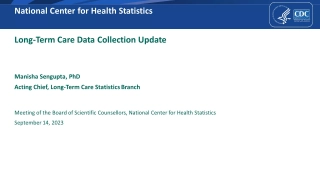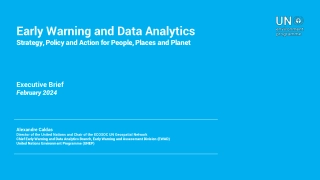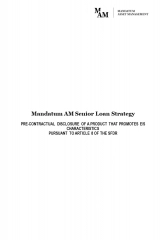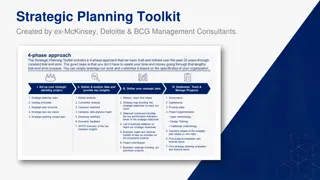National Aeronautics and Space Administration Moon-to-Mars Strategy Update
Evolving projects, timelines, and architectural updates of the National Aeronautics and Space Administration's Moon-to-Mars strategy are discussed in detail, highlighting objectives, architecture components, analytical capabilities, and future segments. The strategy aims to achieve constancy of purpose, enhanced communication, and engagement in exploring the Moon and Mars, with a focus on human lunar return, foundational exploration, sustained lunar evolution, and humans-to-Mars mission capabilities.
National Aeronautics and Space Administration Moon-to-Mars Strategy Update
PowerPoint presentation about 'National Aeronautics and Space Administration Moon-to-Mars Strategy Update'. This presentation describes the topic on Evolving projects, timelines, and architectural updates of the National Aeronautics and Space Administration's Moon-to-Mars strategy are discussed in detail, highlighting objectives, architecture components, analytical capabilities, and future segments. The strategy aims to achieve constancy of purpose, enhanced communication, and engagement in exploring the Moon and Mars, with a focus on human lunar return, foundational exploration, sustained lunar evolution, and humans-to-Mars mission capabilities.. Download this presentation absolutely free.
Presentation Transcript
National Aeronautics and Space Administration Moon-to-Mars Strategy Evolving Projects, Timelines, and Architectural Update Nujoud Merancy Deputy Associate Administrator Strategy and Architecture ASCENDx Texas February 14, 2024
Background: Why Explore & Moon to Mars Objectives Objectives-based Approach National Aeronautics and Space Administration MO O N TO MARS O BJECTIVES SEPTEMBER 2022 Constancy of Purpose Enhanced Communication and Engagement Unity of Purpose Architect from the Right Execute from the Left Moon to Mars O bjectives September 2022 1 4/16/202 4 2
Architecture Components Elements Segments Sub-Architectures A group of tightly coupled elements, functions, and capabilities that work together to accomplish one or more objectives. A notional exploration system that enables a set of functions. A portion of the architecture that integrates sub-architectures and progressively increases in complexity and objective satisfaction. 2/14/24 3
2023 Architecture Concept Review Products Analytical Capabilities In-situ vs. Returned Safe and Precise Landing at Lunar Sites Lunar Site Selection Lunar Communications and Navigation Architecture Lunar Logistics Drivers and Needs Surface EVA Architectural Drivers Mars Mission Abort Considerations Mars Communications Disruption and Delay Architecture Definition Document Revision A (ADD Rev-A) Moon to Mars Architecture Executive Overview White Papers (13 Total) Mars Surface Power Generation Suggestion from 2023 Architecture Workshops Mars Priority Decisions Architecture Resources nasa.gov/architecture White paper added after ACR23 Concurrence Round Trip Mars Mission Mass Challenges Human Health and Performance for Mars Missions Exploration Lessons Learned from the Space Station 2/14/24 4
Architecture Segments Future Segments Human Lunar Return Foundational Exploration Sustained Lunar Evolution Humans to Mars Initial capabilities, systems, and operations necessary to re- establish human presence and initial utilization on and around the Moon Expansion of lunar capabilities, systems, and operations supporting complex orbital and surface missions to conduct utilization and Mars forward precursor missions. Enabling capabilities, systems, and operations to support regional and global utilization, economic opportunity, and a steady cadence of human presence on and around the Moon. Initial capabilities, systems, and operations necessary to establish human presence and initial utilization on Mars and continued exploration. 2/14/24 5
Architecture Approach An Evolutionary Architecture Process Formulating an Architecture and Exploration Strategy Based on Objectives PRODUCT DEVELOPMENT REVIEW PRODUCT REVIEW ARCHITECTURE CONCEPT REVIEW ARCHITECTURE CONFIRMATION ARCHITECTURE CONCEPT REVIEW ARCHITECTURE DEFINITION DOCUMENT ARCHITECTURE DEFINITION DOCUMENT EXPANSION MOON TO MARS OBJECTIVES REVISED ARCHITECTURE REFINED/EXPANDED ARCHITECTURE ANNUAL CYCLE TO MATURE ARCHITECTURE ARCHITECTURE FRAMEWORK Organizational construct to ensure system/element relationships are understood and gaps can be identified TRACEABILITY Decomposition of Blueprint Objectives to executing Architecture elements PROCESS AND PRODUCTS Clear communication and review integration paths for stakeholders 6
Architecting from the Right The Architecture process requires a decomposition of Moon to Mars Objectives to element functions and mission use cases to complete the process of architecting from the right. This establishes the relationship of executing programs and projects to the driving goals and objectives. 2/14/24 7
Sub-Architectures NEW for 2023 NEW for 2023 Data Systems and Management transfer, distribute, receive, validate, secure, decode, format, compile, and process data and commands. In-situ Resource Utilization (ISRU) Systems extract resources in space or on the Moon or Mars to generate products. Infrastructure Support includes facilities, systems, operations planning and control, equipment, and services needed on Earth, in space, and on planetary surfaces. Autonomous Systems and Robotics employ software and hardware to assist the crew and operate during uncrewed periods. Logistics Systems package, handle, transport, stage, store, track, and transfer items and cargo. Mobility Systems move crew and cargo around the lunar and Martian surfaces. Power Systems generate, store, condition, and distribute electricity for architectural elements. Transportation Systems convey crew and cargo to and from Earth to the Moon and Mars. Utilization Systems enable science and technology demonstrations. Communications, Navigation, Positioning, and Timing Systems enable transmission and reception of data, determination of location and orientation, and acquisition of precise time. Habitation Systems ensure the health and performance of astronauts in controlled environments. Human Systems execute human and robotic missions; this includes crew, ground personnel, and supporting systems. 2/14/24 8
ACR23 Decomposition Updates ADD Rev-A includes refined and expanded Moon to Mars objective decomposition, sub-architectures, and elements Added, refined, removed, or modified characteristics and needs, use cases, and functions for lunar objectives 179 characteristics and needs added for Mars objectives 2/14/24 9
Mars Priority Decisions NASA catalogued nearly 90 needed decisions for an initial crewed Mars mission and developed a decision roadmap. That process resulted in seven interrelated decisions needed to begin planning. Initial Human Mars Segment Target State Initial Human Mars Segment Cadence Mars Surface Power Generation Technology Mars Science Priorities # Crew to Mars Vicinity In 2024, NASA will begin the analyses needed to allow for informed decision- making by agency leadership. Mars Loss of Crew Risk Posture # Crew to Mars Surface WHAT WHAT we will do there WHY WHY we will go WHEN WHEN (how often) we will go WHO WHO will be involved HOW HOW we will get home safely 2/14/24 10
Artemis Updates First Crewed Mission First Gateway Assembly Mission SEPTEMBER 2026 2026 Artemis III First Crewed Lunar Landing Artemis I Artemis V SEPTEMBER 2025 2025 SEPTEMBER 2028 2028 Uncrewed Test Flight First Mobile Surface Exploration Artemis II Artemis IV 2/14/24 11
Beyond Artemis V Growth in Lunar Utilization How will the moon-to-Mars economy materialize, how far off is commercial viability, and what steps/technologies are needed to catalyze the industry? Foundational Exploration Sustained Lunar Evolution Expansion of lunar capabilities, systems, and operations supporting complex orbital and surface missions to conduct utilization and Mars forward precursor missions. Enabling capabilities, systems, and operations to support regional and global utilization, economic opportunity, and a steady cadence of human presence on and around the Moon. 2/14/2024 12
Addressing Gaps Lunar Economic Development National Priorities Partnerships for Exploration Lunar Technology Priorities Lunar Science Priorities 2/14/2024 13
Forward Work Lunar Economic Development National Priorities Partnerships for Exploration Lunar Technology Priorities Lunar Science Priorities Invest in high-risk, high-reward technologies, collaborating with academia, industry, and international partners. Stimulate a robust space economy. The architecture is responsive to stakeholders and decision makers. Initial infrastructure will set the stage for a future lunar ecosystem. Missions to the Moon prove technology can overcome the challenges of lunar exploration. NASA s planned infrastructure creates a basis for non- government-funded research and exploration. Lunar surface and orbital infrastructure support long-term human presence on the lunar surface. Unpressurized and pressurized crew rovers Habitation facilities, navigation, power Sustained human presence on the lunar surface will enable extraordinary science. If those opportunities are defined and built into the program from the early stages of program planning. 2/14/2024 14
ESDMD Pre-Formulation Elements Element Initiation: overt decision to proceed with maturation of concept assessed for Arch. priority, budget, and strategy Mission Concept Review: To evaluate the feasibility of the proposed mission concept(s) and its fulfillment of the Architecture needs and objectives. Acquisition Strategy Meeting: Transition to Moon to Mars Program for implementation, completion of project roles & responsibilities leading to contracting process (e.g. RFP) M2M Obj. MCR ACR EI ASM Gap Analysis/Concept Arch. Studies Mission /Concept Trades Acquisition Plan M2M Program Int. ADD RFP EI Studies Industry BAA, RFI, etc. MCR Element Definition Contracted Solution Feasibility studies and collaboration identify potential concept Mission refinement to optimize for strategic value and functional achievement, use of study mechanisms to better inform planning Feedback incorporated into Architecture products as milestones occur Document(s) NASA Milestone ESDMD Strategy & Architecture Office ESDMD Moon to Mars Program Collaboration Partner 15
Questions? Architecture Products



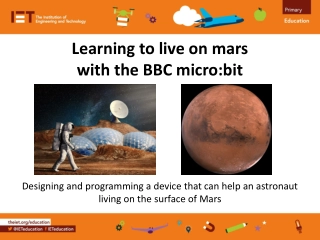
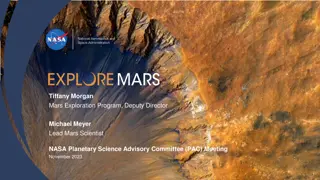

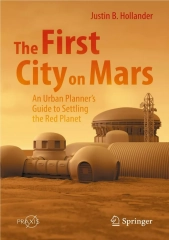
![Read⚡ebook✔[PDF] Linking the Space Shuttle and Space Stations: Early Docking Te](/thumb/21519/read-ebook-pdf-linking-the-space-shuttle-and-space-stations-early-docking-te.jpg)
![READ⚡[PDF]✔ Emerging Space Powers: The New Space Programs of Asia, the Middle Ea](/thumb/21554/read-pdf-emerging-space-powers-the-new-space-programs-of-asia-the-middle-ea.jpg)


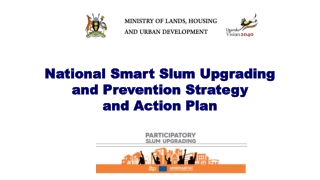

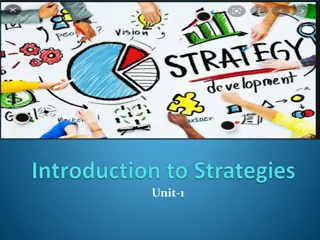
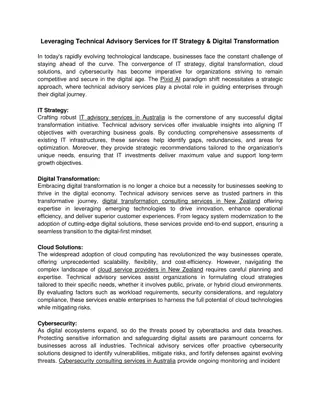
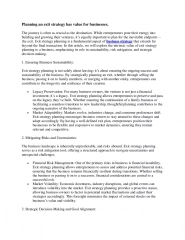
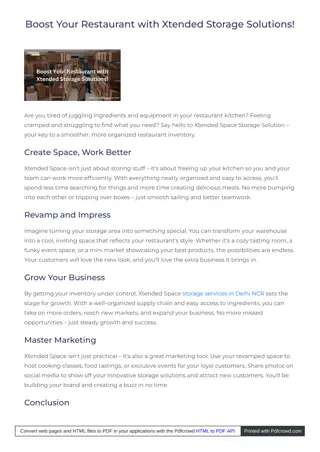
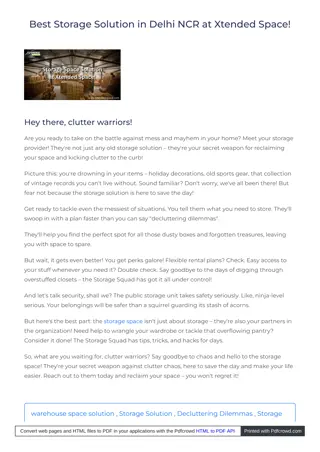
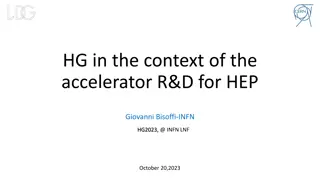
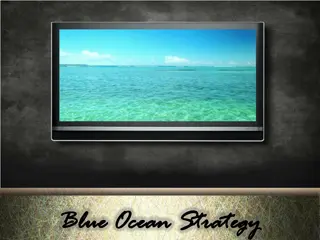
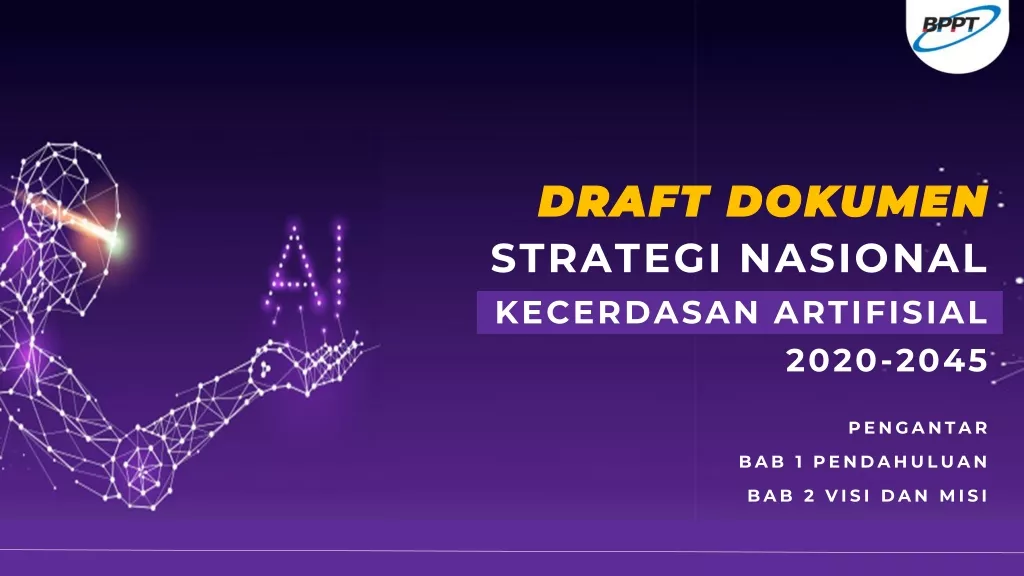
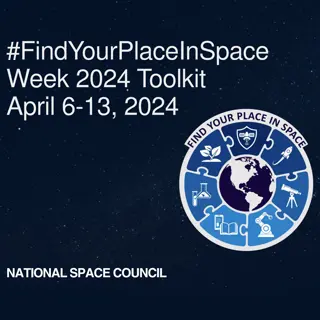

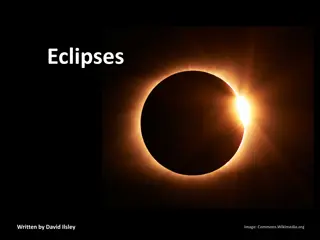
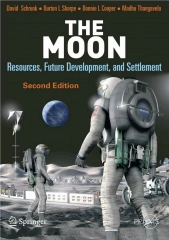
![Read⚡ebook✔[PDF] Io After Galileo: A New View of Jupiter's Volcanic Moon (Sprin](/thumb/21612/read-ebook-pdf-io-after-galileo-a-new-view-of-jupiter-s-volcanic-moon-sprin.jpg)
![get⚡[PDF]❤ Building Habitats on the Moon: Engineering Approaches to Lunar Settle](/thumb/21624/get-pdf-building-habitats-on-the-moon-engineering-approaches-to-lunar-settle.jpg)
